This article first appeared in our old blog on September 22, 2013.
There are thousands of Chinese surnames, the most commonly heard number about 400. Japanese surnames are even much more numerous, around 100,000, and the most commonly used number about 40,000. The most common is Sato, second is Suzuki and third is Takahashi. This is closely related to Japanese history. Only the nobles and samurai got surnames until the Meiji period. In 1875, the government made it compulsory for everyone to choose a surname. The peasants, who did not have surnames before, were busy thinking of new surnames with the help of local priest. Why priest? Shinto is the religion which exists since the beginning of Japanese culture while Buddhist came into Japan in sixth century. Nowadays though, both religions are kind of mixed up. The Japanese enjoy freedom of religion. There is no report of religious conflict there.
Otaru
The morning of the third day was the most anticipated day for women in our group, shopping time! The duty free shop Alexander & Sun provides the most modern made-in-Japan items. After the money switched hands, we continued to Otaru, a little harbor town half an hour drive from Sapporo. We got off at Sakaimachi Street and were left free to enjoy the view, shop or eat and drink along the road. We started by posing in front of wind-chime tree, erected only in summer. Otaru is a glassware town. Kitaichi Glass is the biggest glass studio and shop in Otaru. In summer, we can find wind-chimes decorating almost all shops.


Sakaimachi Street
There are so many interesting things along Sakaimachi Street, the first building we entered was the Music Box Museum. What’s interesting is that the museum consists of many buildings scattered along the road. Various music boxes are on display and for sale. In front of the main museum building (Otaru Orgel Emporium) there is a steam clock, a gift from Vancouver. It is the biggest as well as the second steam clock in the world, placed there on June 25th 1994. It is 5.5 meters high and weighs 1.5 tons. The first steam clock in the world is in Gastown, Vancouver, Canada.
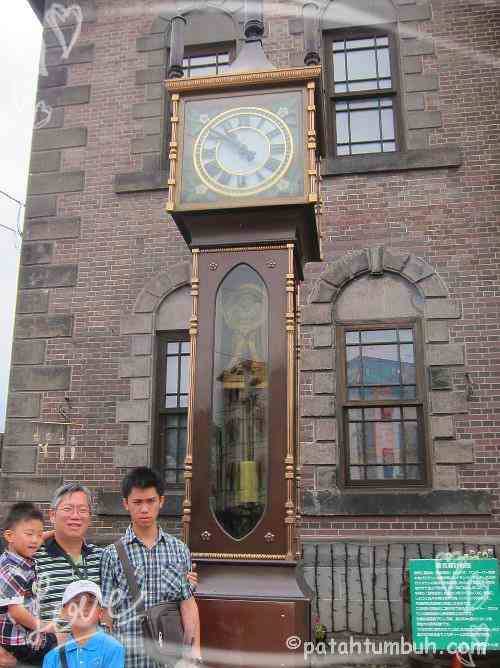



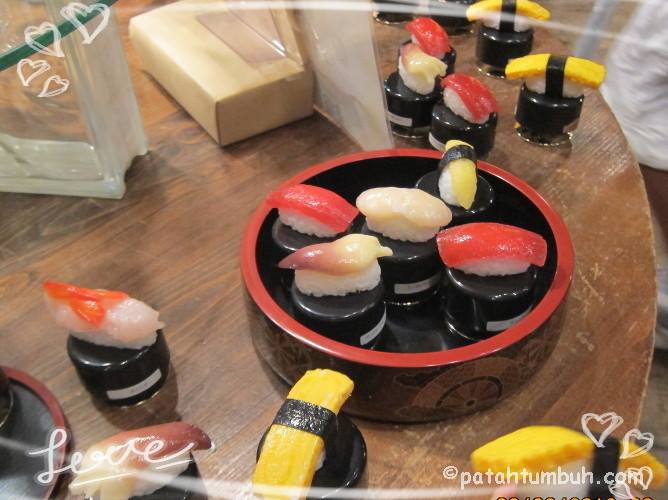
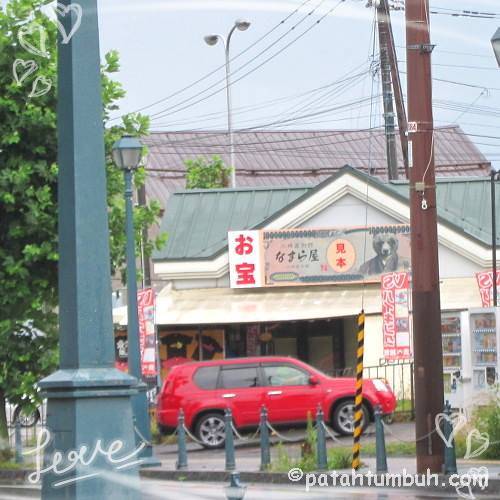

Cake, pastry puffs and ice cream are the most sought after items here. They are all delicious! The most well known cake is log cake (baumkuchen) because it looks like a log when cut horizontally. The most famous cheese cake is from LeTao cafe. Cheese Cakes from Silver Bell cafe are great too, but theirs are camembert cheese cake.


Then we went into Museum of Venetian Art. Inside we can find Venetian glassware, clothes, accessories and furniture. The first thing that attracted our attention was a full sized gondola in the middle of the room.
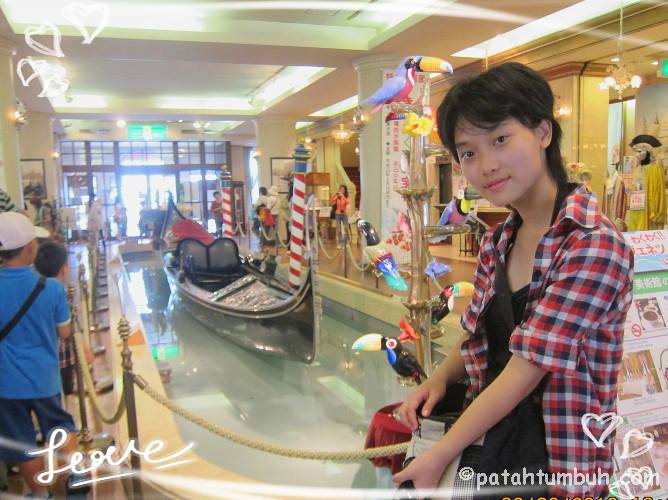

Otaru Canal (Otaru Unga)
Otaru canal is located in the center of Otaru and used to be a very busy port once. Small ships transported goods from larger vessels to warehouses along the canal. Now it has become a tourist attraction site. The warehouses were transformed into museums, shops and restaurants.
Artists exhibit their paintings along the canal and at night, traditional gas lanterns are lit giving the canal a romantic atmosphere. Snow Light Path Festival is held here every winter.

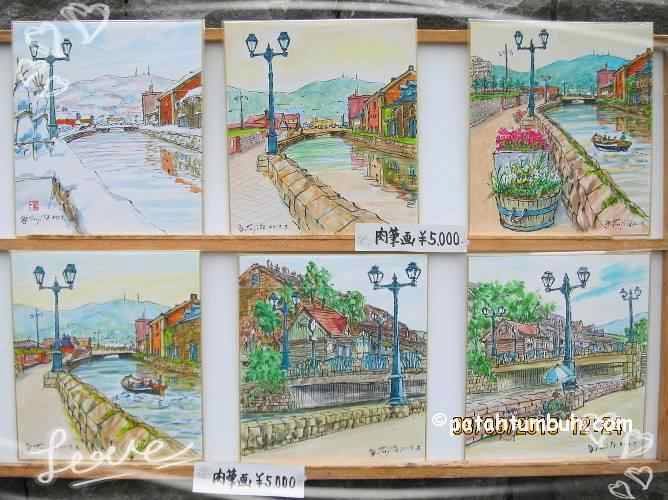
Fukidashi Park
Since 1985, Fukidashi Park hot spring was named one of Japan’s 100 Best Waters. It is located at the foot of Mount Yotei. Rain and snow that fall on Mt. Yotei seep into the soil and, after several decades, gush from the foot of the mountain. Water flows out around 80,000 tons here. It’s chilly, fresh and rich in minerals and can be drunk directly. Lots of people come here with containers to bring home the water.

After enjoying the fresh, sweet water, we continued out journey to Mahoroba Hotel in Noboribetsu area.
Hell Valley (Jigokudani)
Noboribetsu Onsen is the most famous onsen in Hokkaido. Most of its spring water spouts in Hell Valley. Noboribetsu is located in Shikotsu-Toya National Park.
The strong sulfur smell and the ever present of smoke make the atmosphere feel like hell at night, hence the name, Hell Valley.
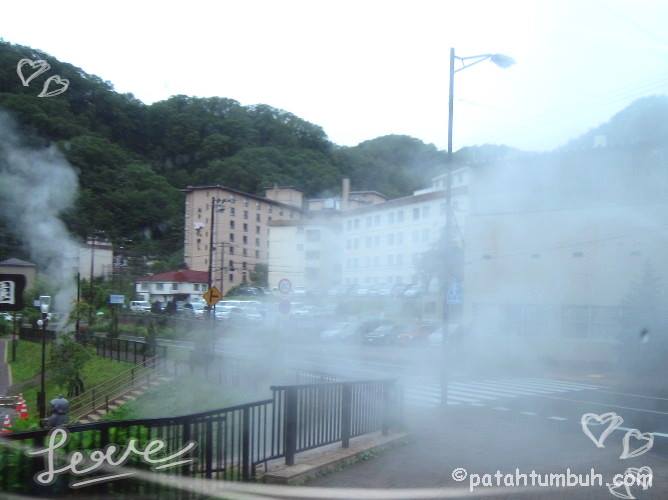
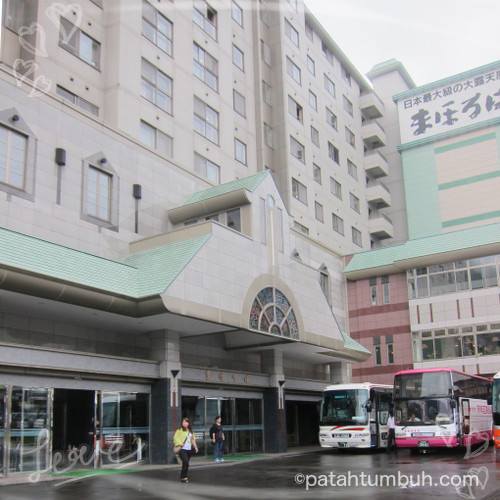

After dinner and some rest, we walked to Hell Valley. Along the road, as in hotels, stores are decorated with devil or hell-themed items. Souvenirs sold are also hell-themed. (My Halloween-lover friends would love it here.)

Before we enjoyed the show in Hell Valley, we watched The King of Hell (Yama) changing face. The change occurred as scheduled and was announced for all the people in the area with loud speaker. People then came out of hotels and inns wearing their ordinary clothes or yukatas.
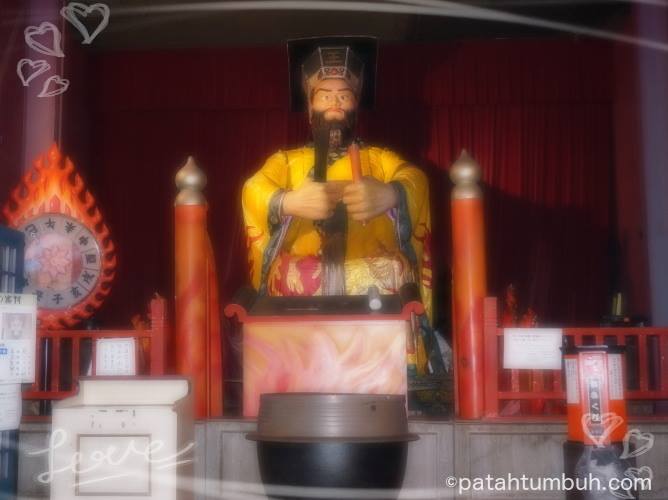
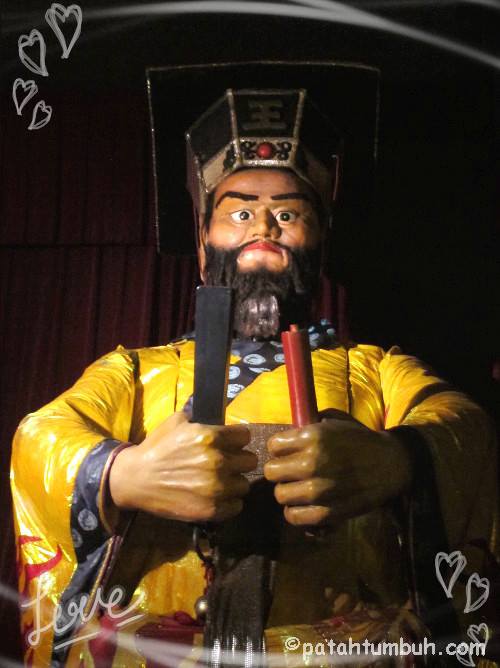
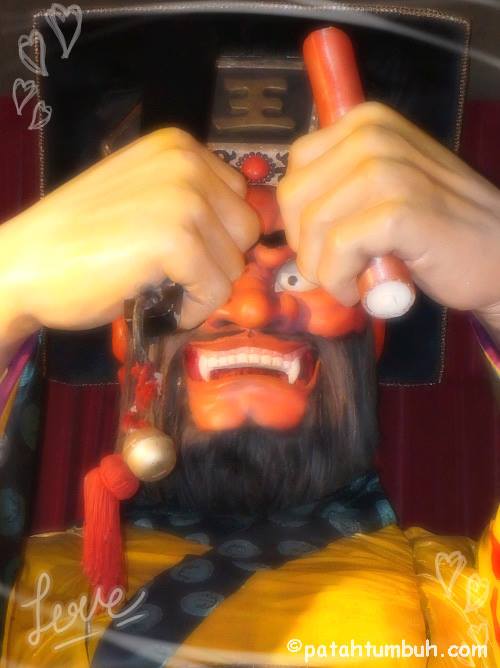
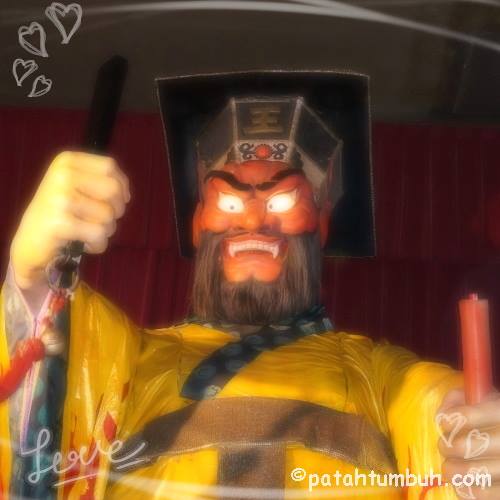
Oni Hanabi (Fireworks of Demon)
We were worried that the fireworks, which were scheduled every Thursday and Friday nights in summer would be canceled due to the rain. Fortunately, the rain stopped as the scheduled time approached. Lots of people walked to Hell Valley from hotels and inns nearby.

Spectators jostling despite of the occasional mild rain. The ones nearest to the stage sat on the ground while the ones further stood. The show started with the performers wearing costumes as the hot spring guardians entered the arena from the top of the stairs. They performed and danced. The show ended with fireworks to ward off evil spirits.
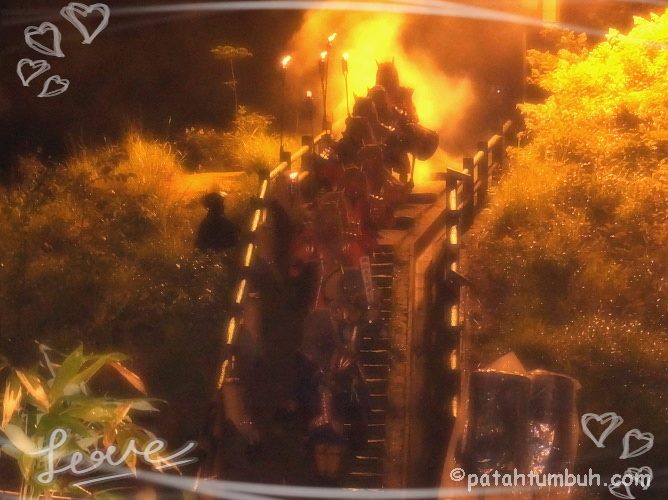


We could not really see the surroundings clearly due to the dark night and so many people filling the place. But we would take time to visit it again the next morning to see how it looks in the day light.




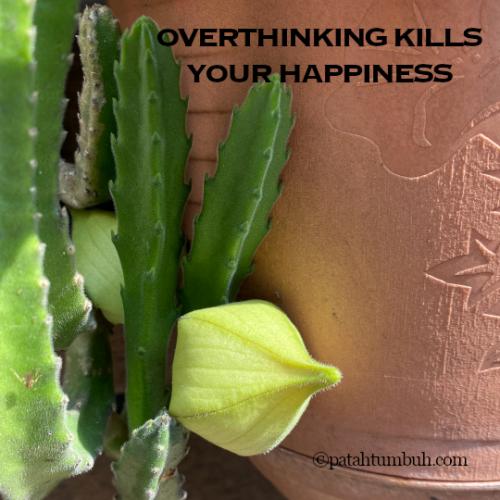

Add new comment